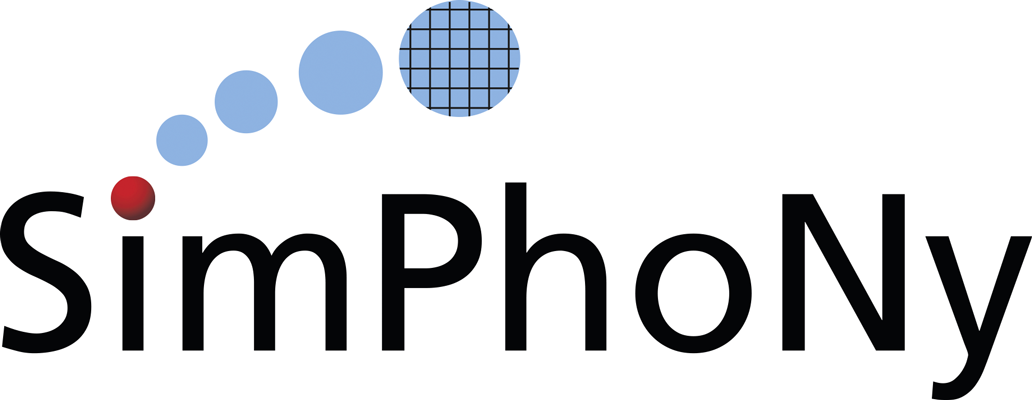Source code for simphony_paraview.show
from paraview.simple import Glyph, Sphere
from paraview.servermanager import CreateRenderView
from vtkRenderingPython import (
vtkRenderWindowInteractor, vtkInteractorStyleSwitch)
from simphony.cuds import ABCMesh, ABCLattice, ABCParticles
from simphony_paraview.core.api import (
loaded_in_paraview, typical_distance, set_data)
from simphony_paraview.core.fixes import CreateRepresentation
[docs]def show(cuds, select=None, testing=None):
""" Show the cuds objects using the default visualisation.
Parameters
----------
cuds :
A top level cuds object (e.g. a mesh). The method will detect
the type of object and create the appropriate visualisation.
select : tuple(CUBA, kind)
The (CUBA, kind) selection of the CUBA attribute to
use. ``kind`` can be one of the {'point', 'particles',
'nodes', 'elements', 'bonds'}
testing : callable(obj, event)
A callable object that accepts an the interactor object and a
time event. The callable will be executed after 1000 msec.
This is commonly used for testing. Default value is None
"""
with loaded_in_paraview(cuds) as source:
# XXX Special workaround to avoid segfault on exit as
# as seen in http://www.paraview.org/Bug/view.php?id=13124
view = CreateRenderView()
representation = CreateRepresentation(source, view)
items = None if select is None else select[1]
message = "Container does not have: {}"
if isinstance(cuds, ABCLattice):
representation.Representation = "Points"
if items not in (None, 'nodes'):
raise ValueError(message.format(items))
elif isinstance(cuds, ABCParticles):
sphere = Sphere(Radius=typical_distance(source))
glyphs = Glyph(Input=source, ScaleMode='off', GlyphType=sphere)
representation = CreateRepresentation(glyphs, view)
if items not in (None, 'particles', 'bonds'):
raise ValueError(message.format(items))
elif isinstance(cuds, ABCMesh):
representation.Representation = "Surface"
if items not in (None, 'points', 'elements'):
raise ValueError(message.format(items))
if select is not None:
set_data(representation, source, select)
interactor = vtkRenderWindowInteractor()
interactor.SetInteractorStyle(vtkInteractorStyleSwitch())
interactor.SetRenderWindow(view.GetRenderWindow())
interactor.Initialize()
if testing is not None:
timerid = interactor.CreateOneShotTimer(1000)
handler = Handler(testing, timerid)
interactor.AddObserver('TimerEvent', handler)
try:
camera = view.GetActiveCamera()
camera.Elevation(45)
camera.Yaw(45)
view.ResetCamera()
view.StillRender()
interactor.Start()
finally:
interactor.RemoveAllObservers()
class Handler(object):
""" Helper class to hold the callback to execute on timer event.
"""
def __init__(self, callback, timerid):
self.callback = callback
self.timerid = timerid
def __call__(self, obj, event):
self.callback(obj, event)
obj.DestroyTimer(self.timerid)
